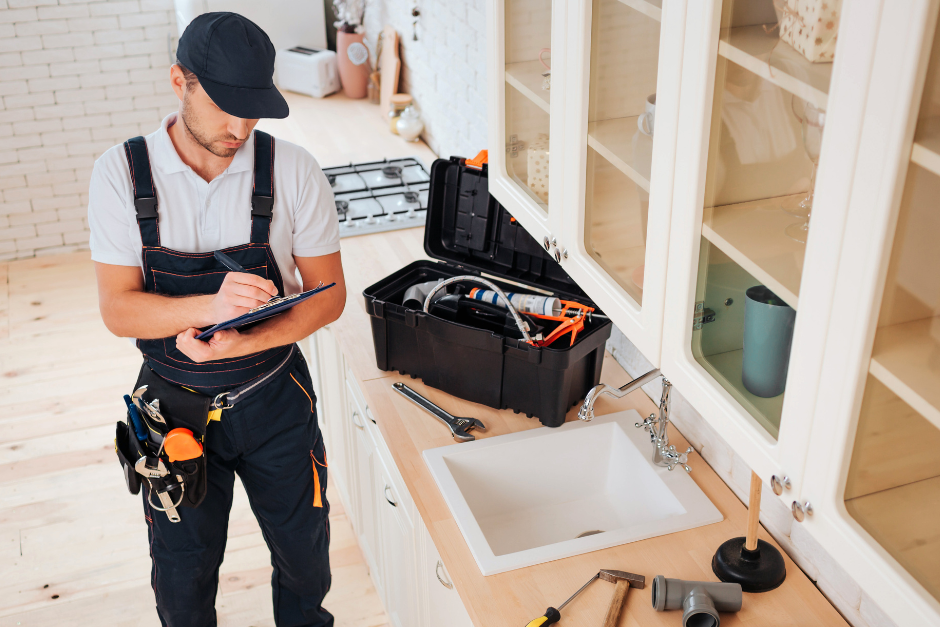How Often Should You Replace Things In Your Investment Property?

How often should you replace things in your investment property?
One in five Australians own an investment property, but only a third own two or more. If you’re looking to make your first and subsequent investment properties a success, you need to ensure you’re replacing and repairing things right on time. Proactive repairs and maintenance keep your property in the best condition possible, and it can also help you attract high-quality tenants. Keep reading for an overview of how often you should replace things in your investment property.
Property maintenance vs capital expenditure
Repairs and replacements at your investment property generally fall into two categories: operating expenses and capital expenses. The way you deduct these expenses at tax time differs. Given capital expenses are often larger investments made in significantly improving your property’s value, these need to be deducted over time using a depreciation schedule. In contrast, operating expenses (repairs) are often smaller jobs that make up part of the regular upkeep of your property. These expenses can typically be claimed in full at the end of the financial year. If you’re unsure whether a repair or replacement at your property will be classified as an operating or capital expense for tax purposes, make sure you get clarification before spending any money.
What are typical repairs at an investment property?
Regular repairs and maintenance jobs at an investment property include painting, landscaping, garden and outdoor maintenance, general cleaning and chemicals for a swimming pool, replacement light bulbs and batteries for smoke detectors, cleaning or replacing HVAC filters and pest control. These items often need to be maintained or replaced annually, with jobs such as pool care and garden maintenance requiring more regular attention. Another key area of repairs in investment properties is water leaks and appliance breakdowns. While it may be an outlay to make repairs, these should always be done as a priority to keep your property in good condition and ensure your tenants have the same level of attention and care with looking after your property.
What’s classified as capital expenses in an investment property?
Examples of capital expenses for an investment property include major plumbing works, replacing or buying new appliances, HVAC installation, flooring, roofing replacements, new kitchen countertops, bathroom and kitchen renovations, and window replacements.
The frequency at which you make capital investments will depend on the age of your property and the quality of replacements you purchase. To keep your property in good condition, you should invest in the best quality possible. While this may be more expensive to begin with, the items can have a longer useful life which is better for your cash flow in the long term. Similarly, a well-kept property will attract quality tenants who pay their rent on time, which is also good for cash flow stability.
Understanding how often to repair and replace items in your investment property will keep it in top shape. Whether you’re looking to make big changes with capital works or you’re simply providing a fresh coat of paint and tidying up the landscaping, understanding how you can correctly claim deductions for these improvements will help you budget ahead while maximising your deductions at tax time. If you’re unsure how to claim a repair or capital expense on your investment property, make sure you speak with your accountant first.
Remember, this article does not constitute financial or legal advice. Please consult your professional financial and legal advisors before making any decisions for yourself.
